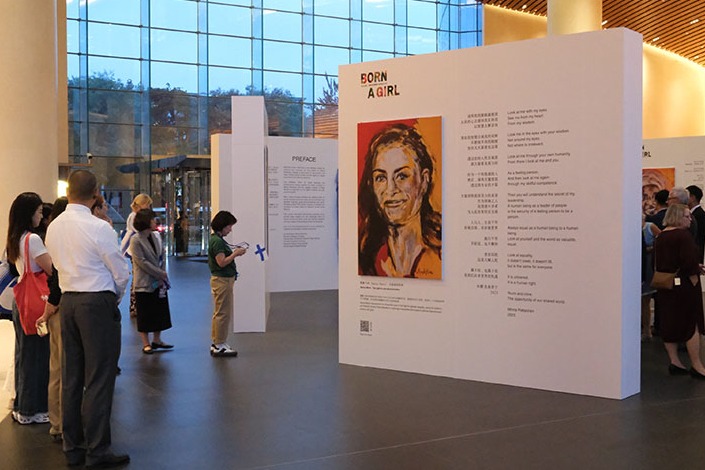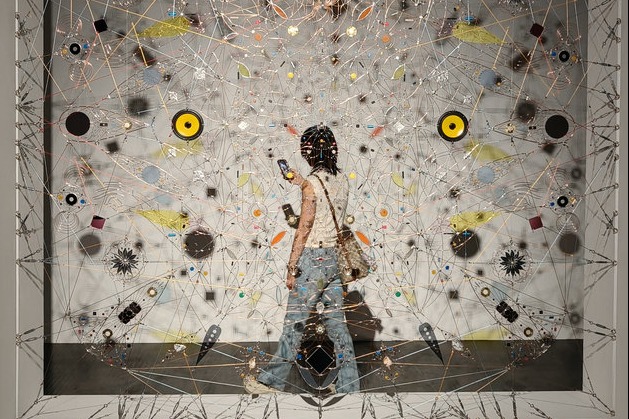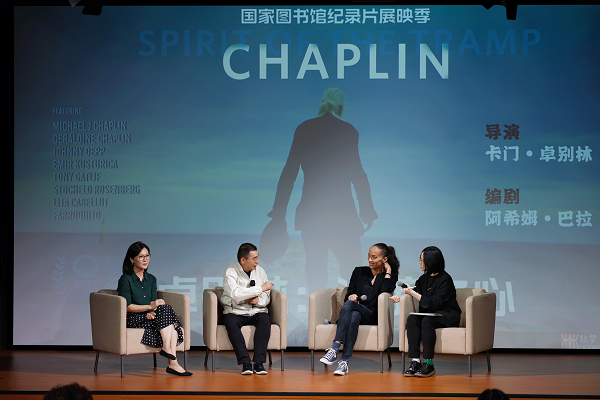Prize-winning photographer hopes to bring stars within reach
Chinese entrants keep up winning record


A former category winner from China in one of the world's top photography competitions has gone one better this year and scooped the overall first prize of 10,000 pounds ($13,500).
Together with colleagues Qi Yang and Chuhong Yu, Weitang Liang, a graduate from the School of Physics and Astronomy at Sun Yat-sen University, was named overall winner at the ZWO Astronomy Photographer of the Year 2025 competition for their image The Andromeda Core. It comes three years after Liang won the Stars and Nebulae category on his own in 2022's contest.
This year's competition, its 17th staging, drew nearly 6,000 entries from 68 countries, with the winners across nine categories announced at London's Royal Observatory Greenwich recently.
It was a good night for China, as in addition to the overall winner there were six other prize winners, including Yurui Gong and Xizhen Ruan, who won the Sir Patrick Moore Best Newcomer prize, named after the legendary British astronomer, for their image Encounter Across Light Years.
Chinese entrants were also runner-up and highly commended in the Our Sun and Stars and Nebulae categories, and highly commended in People and Space.
The Andromeda Core follows in the footsteps of previous overall winners from China, Jin Yu's Baily's Beads in 2016, and Dong Shuchang's The Golden Ring in 2021.
The winning image of the core of the Andromeda Galaxy (M31) was captured using a long focal-length telescope at the AstroCamp Observatory in Nerpio in Southern Spain, where clear skies and an absence of light pollution combine for exceptional visibility.
Ed Bloomer, one of the competition judges and an astronomer at Greenwich, said the image's artistry was as important as its scientific content, and called The Andromeda Core "technically superb" with stunning detail and a colour palette that was "really dramatic, bright but not garish".
"The strong diagonal framing means it looks great close up and far away," he added. "We knew visitors could come and get close to appreciate the detail, but also that it would stand out from the other end of a gallery space." The winning image is now on display with more than 100 other entries at the National Maritime Museum in Greenwich.
While photography of subjects such as people or nature is about capturing a specific moment, astronomy photographic images can be compiled over days, by multiple people. But as Liang said, in a universal context, days are tiny units.
"The exposure time in astronomy photography is really just a blink in the formation history of the universe," he told China Daily. "If we rescale the situation in the time domain, there are not too many differences (to other types of photography).
"We used an automatic platform to control the telescope and instruments for taking photos every night, having set plans via a website, with automated software linked to the telescope's remote computer. My job is to determine every detail of the imaging plans, then together we evaluate the images, reject failed ones, and set another imaging plan."
At university, Liang took several astronomy classes, and he said his previous success in the competition inspired him to discover new aspects of the technology and the subject this year. He also said he hoped advances in astrophotography would encourage more people in China to join the community.
"The new generation has the advanced knowledge to work in this field, and they can do great jobs but based on the size of the Chinese population, the numbers are still not enough."
The high-profile success of China's Shenzhou space missions has gained global attention, and Liang said he hoped photography could bring the public closer to the stars, and vice versa. "Astrophotography captures objects that belong to outer space, so we can satisfy ourselves with the pictures at first, and dream of someday seeing them in person," he explained.
Bloomer also noted the role of China's space missions in stirring up wider public interest. "They directly inspire lots of people and empower them to be part of that industry, but there are also lots of indirect connections," he said.
"It helps familiarize people with space in general. It gives people confidence to engage with it in a way that interests them; whether that's artistically, through technology, visiting exhibitions or reading books."





































